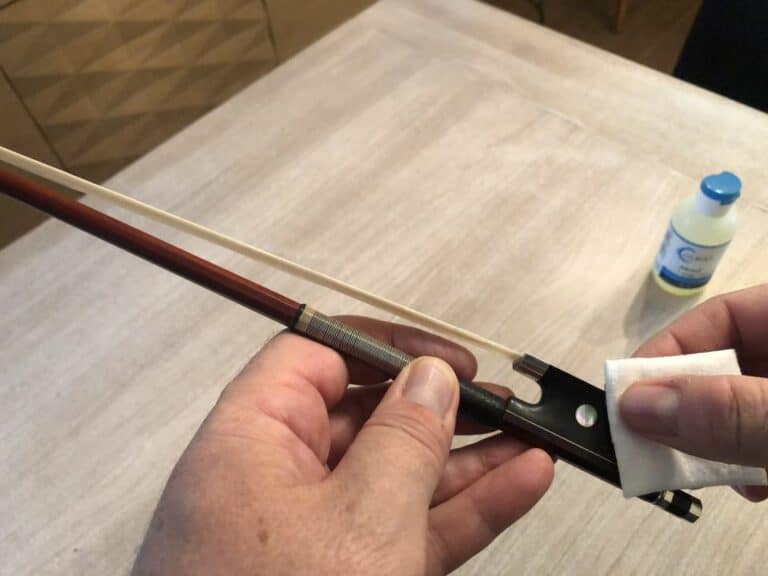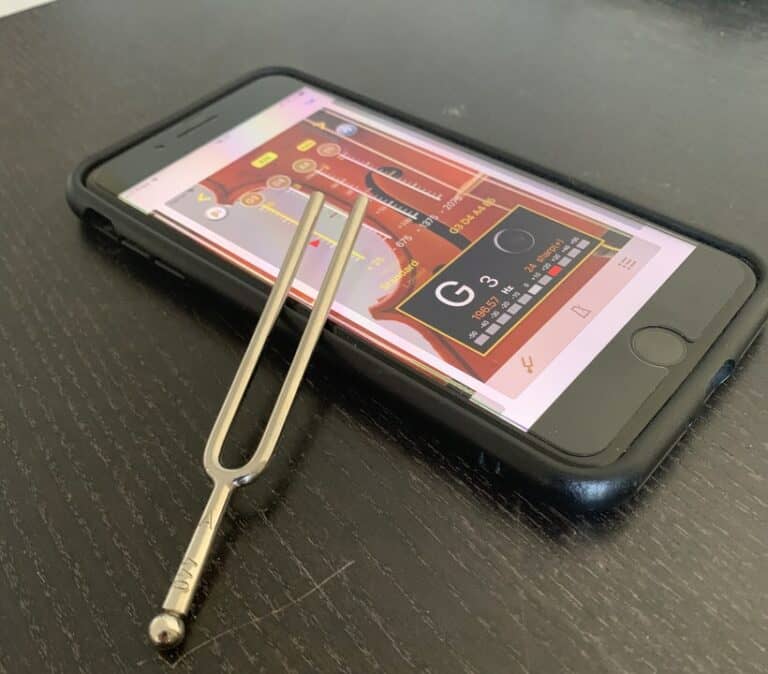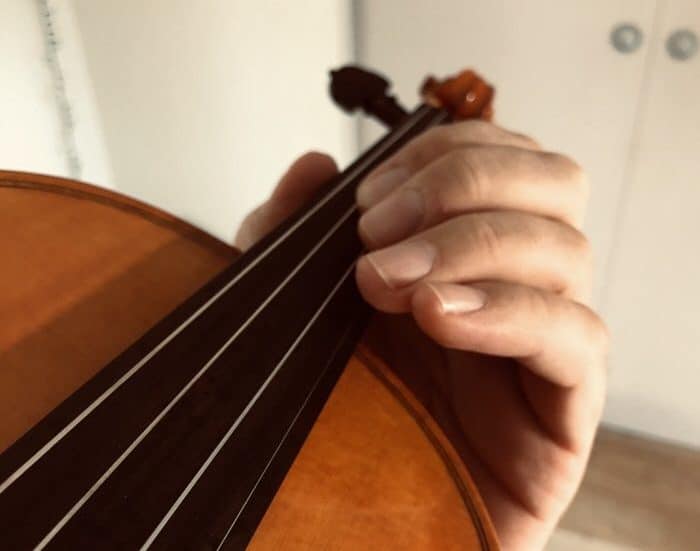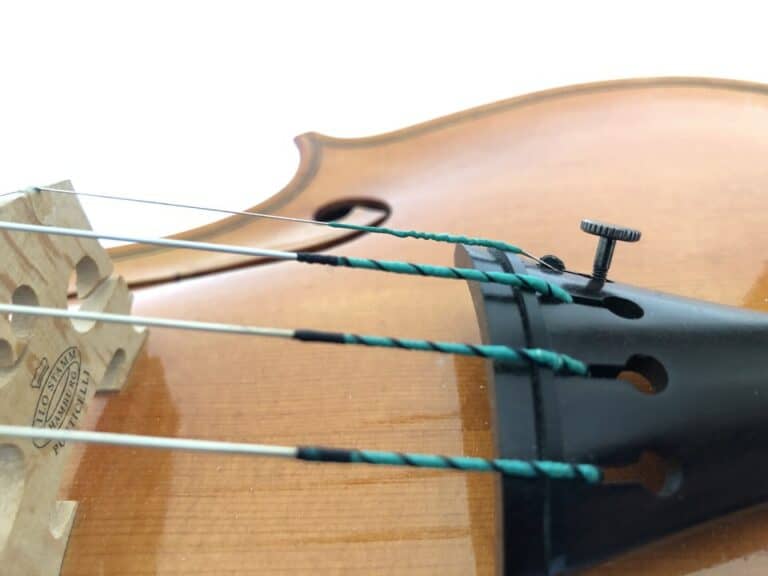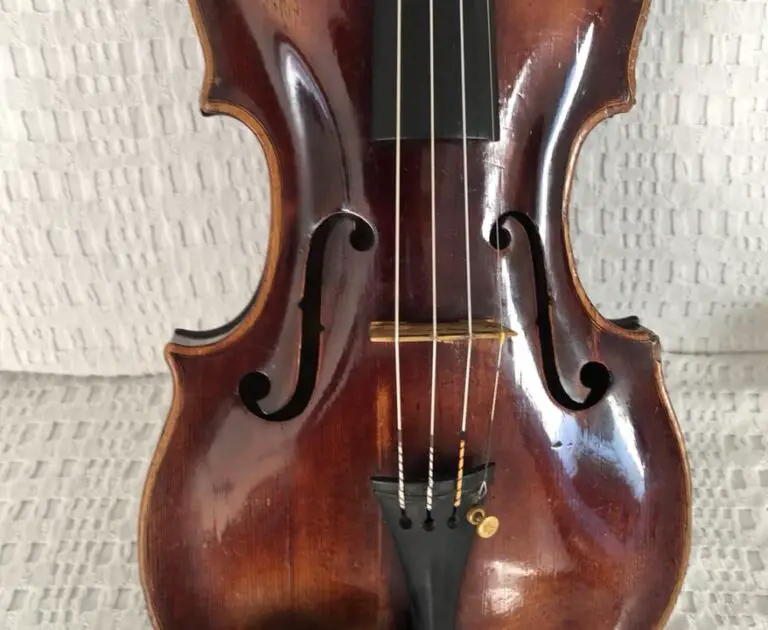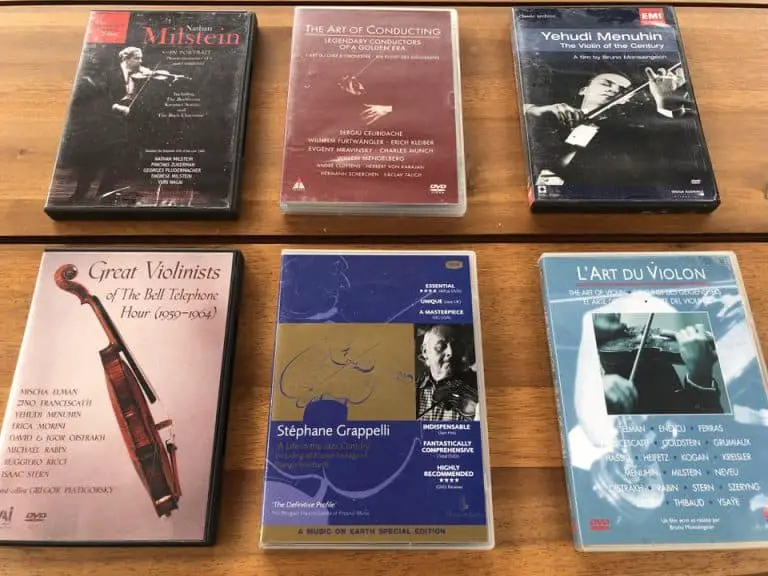Is Playing the Violin Harder than the Guitar?
This is the question many parents ask before selecting an instrument for their children. And this is a tough decision as changing instruments is not easy after several months or years of practice. The violin and the guitar are both string instruments that look alike somehow. But is playing the violin more complicated, and how much is the guitar easier to learn? What kind of progress shall we expect in each case?
The guitar has a bigger board with frets, which is easier to understand than the small fretless violin board. Frets allow the guitarist to play in tune while the beginner violinist struggles with intonation. It is quite straightforward to strum chords on the guitar while the starting violinist plays melodies with difficulty and a bad tone.
And there is a different acceptance of difficulty depending on age. But should we choose an instrument only because it is easier to play? There is a lot more to it, and I have detailed in a comparable manner what to expect from a beginner to start one or the other instrument.
The structure of the guitar: frets
First, the structure of each instrument is quite different. The left-hand technique looks quite similar but, in reality, differs in many ways.
On the guitar, some frets serve two purposes: intonation and sound production. Intonation because if the guitar is well tuned up if your finger is in the right fret, you will play in tune. Sound production is because the thin metal edge of the fret, as opposed to soft fingertips, allows the note to sustain and vibrate cleanly.
A fretless guitar has little sustain and soft or dull sound and is difficult to play in tune. It has its beauty, though.
A violin fingerboard with no frets is more challenging to play. It is more difficult to play in tune because it is the exact placement of the finger on the board that gives the pitch of the note with absolutely no room for error. The soft edge of the fingers, as opposed to frets, is mitigated by the use of a bow to sustain the notes.
So more room to put fingers on the guitar board makes it easier undoubtedly. It gives a logical aspect to guitar playing through its space layout so that guitarists can look out and memorize its structure. On the violin, there is so little room, and the board is at such an angle that having a look is not possible at all. Learning violinists get that logic by hearing and feeling alone before memorizing. This gives the board’s logical structure more difficult to learn on the violin. And that is why putting stickers on the violin board for children is of little interest, if any.
There are rare instances of violins with frets, maybe as rare as fretless guitars. Those fretted electric violins are some kind of prototypes that I haven’t had the chance to try out though I would have loved to. In any case, the frets cover two-thirds of the board but no more because the board shrinks in a way frets would be too close to one another to put fingers in between on the upper part of the board.
Harmony and polyphony on the left hand on the guitar and the violin
With six strings, the guitar is more at ease to play chords, harmonies, and counterpoint (two different lines that respond to one another). But guitars can play melodic lines as well. That logic well-spaced out fingerboard is of great help there. This is not easy per se. But a beginner will be able to play chords quite soon. It is honestly a good start for someone to learn E Major chord, then A Major.
When the fingers are (slowly) put in the right frets, the right hand can play some kind of rhythm. Playing a melody, on the other hand, will require left and right-hand coordination and will come later.
On the violin, it is quite the opposite. There is no way a violinist will play a chord before his or her third or fourth year. The box technique required and hand coordination are just too difficult. Usually, Bach’s easiest Sonata and Partita will be one of the first pieces with chords a young violinist will have to play. Open strings will give a bluegrass fiddler a more rapid and direct way of playing polyphonic pieces with harmony than a classical musician could encounter.
So a starting violinist will spend the first years playing melodies and trying to learn how to produce a good sound, but no chords.
So the simplest thing on the guitar, that is to say, an E chord takes months or years to play on the violin.
Guitar 1 – Violin 0, once again. Violin is more difficult, I am sorry.
Different picking techniques vs. bowing techniques: the right hand
When it comes to the right-hand technique, both instruments have some kind of complexity. The guitar requires an elaborated picking technique to play arpeggios, chords with a separated bass line, and several lines at the same time. And this technique is not only for classical music but also for folk, pop, jazz, and so on.
The mediator, as played by many, is not easy either. It can be complemented by some “hybrid picking” with the mediator and other fingers of the right hand.
The violin bow technique is a world in itself. It is complex as well in many ways: longbows, legatos, saltellato, spicatto, staccato, détaché…
But the first difficult ability to acquire is maybe sound production, which requires mastering the relationship between the pressure of the bow and the speed of the bowing. And then the point of contact between the bow and the string.
Once again, the guitar is easier at first. A simple right-hand technique is easy to learn for beginners, but a subtle and complete one requires years of practice. The learning curve is certainly steeper for the new violinist because his or her gesture makes the sound.
For beginners, again, the guitar is easier for the right-hand technique. Guitar 1 – Violin 0 again when it comes to ease to learn. Afterward, things differ, and the guitar is impressively elaborated as well. Remember: I am not judging both instruments in general; I am trying to compare the difficulty of learning them from scratch.
Children or adults: different types of characters for different musical instruments
The age we start an instrument is important for our acceptance of difficulty. I will not start a psychology essay here. But when I started the violin, as many young children did, I suppose, I didn’t even consider the difficulty of the violin.
I remember coming back from my first lesson at 6: I scratched my violin, making squeaky open strings sounds with great pride and pleasure.
I just knew one day I would play the violin better eventually, but for the time being, I was happy with what I could do.
Adults want results much sooner, though. They want to see the fruit of their labor quite fast, or ROI (return on investment), as we say often. If they want to start an instrument and brag about it, they want to show off soon enough with their friends and know perfectly that squeaking open strings will not cut it.
An adult will choose on different terms than a child. Impatience, the impossibility to delay gratification will undoubtedly play an important part in the decision-making process.
The steeper learning curve will be handled only by patient adults or the ones who really love the violin, its sound, and its mythology.
The easier learning curve of the guitar will be preferable to the adult who just wants quicker fun.
While children are often less likely to suffer from a squeaking sound and are proud of the simple fact of owning a violin and being a violinist, some are quite impatient as well. The impatient toddler must choose a guitar, that’s a fact.
Music: the unique goal for every musician
Music is the ultimate aim of any musician, whatever the instrument he or she plays. Even if the guitar is easier to apprehend for a beginner and the learning curve is flatter, it is not an easy instrument at all when played at a very good level. Its possibilities are endless, whether it be for virtuosity’s sake or improvisation and interpretation. So, of course, what we have detailed above can only be applied to the beginner part of a musician’s lifelong career.
The guitar can play so many different styles of music: from baroque and classical music to world, rock, and jazz. So someone who prefers a more modern sound might prefer the guitar; also, the violin can occupy a large spectrum of music as well. Of course, the violin is more well-known for classical music. But folk music, gypsy music, Irish songs, bluegrass tunes, world, jazz, and rock, is also a possibility for the new violinist. So it comes to taste there, and the difficulty of the beginning should play no part in the big picture.
Conclusion: what instrument to choose then?
When a beginner starts the guitar, he or she learns chords, the simplest ones with open strings (no bar chords). This is quite a simple process with little time and effort required. And family and friends are easily impressed and are happy to share such a quick progression. With a couple of more weeks, it is possible to sing while playing. And then add the F major chord with a bar, and you can play all evening at a campfire, sharing marshmallows.
That is simply not possible in the case of violin learning. I don’t want to say that it is hard and harsh, but it is. You just have to love it and get over it. But you won’t be able to play at that campfire for a couple of years. Violin is a way to be more original, and more exclusive; even if every instrument has its own beauty and world, the violin might have a slight edge with its mysteries, legends, and romantic implications.
Remember: Once again, I am not judging both instruments in general; I am trying to compare the difficulty of learning them from scratch.
And Nicolo Paganini played both instruments!

